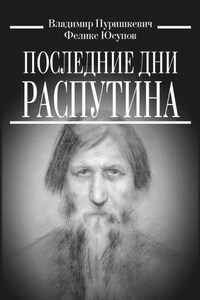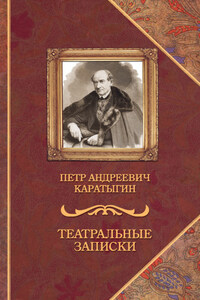A journalist once asked Vivian Stanshall to feature in a newspaper article she was writing about a species known as the English eccentric. Sir John Betjeman was to be the senior representative and Vivian the younger example. Was he, she enquired, still ‘doing it’?>1 Stanshall was astonished by the question. He didn’t do, he was simply being himself. On or off stage, he explored his absurdist vision of the world without pretence. Wherever he was, his outfits were equally flamboyant, his improvised routines often intricate and his physical presence captivated whoever was to hand, band mates, audiences or bewildered passers-by on the street. Anyone, as long as he could make a connection. His was not a persona applied for a performance and removed at the end of the evening along with the gold lamé suit, those disturbing ping-pong-ball eyes or the pink rubber ears.
Whether playing the effete, sequinned showman with the Bonzo Dog Band or later reporting from the shadows of the stagnant countryside at Rawlinson End, Vivian’s sharp observations on the inanities of life were as personal as they were funny and they came in an unending stream, he never switched off. In full flow, as he was on ‘The Intro and the Outro’, a favourite Bonzo Dog Band track, he delivered rapid-fire gags, here a seemingly never-ending roll call of increasingly unlikely musicians. ‘And looking very relaxed, Adolf Hitler on vibes.’ The image of the Fuhrer loosening up had an incongruity which was true of Vivian. He never relaxed; constant activity and new ideas bubbled and burst out of him, driving him, and everyone around him, to distraction. The interviewer who suggested this was a studied image was fortunate to have phoned rather than met him at his home. Vivian often made troublesome visitors feel uncomfortable by pausing mid-conversation to pointedly feed his collection of piranhas with freshly killed mice or to hint that one of his larger snakes was loose on the premises.
The journalist might have done better not to hunt for hidden tricks or mirrors and instead simply looked a little deeper into how one person could be inventive in so many fields. Or asked how that person could simultaneously be the upper-class squire and a ripe Cockney geezer and how it was that the murkier fringes of English normality came to be unflinchingly illuminated by an artist whose own character was formed in a part of traditional England. It was in a Great British seaside resort that Vivian spent most of his childhood.
Southend-on-Sea is a cheeky, presumptuous sort of place. For a start, it is some thirty-five miles to the east of London, rather than south. It is situated on the Thames Estuary; not quite the sea. It does have a famous funfair called the Kursaal and a mile-and-a-quarter pier, the world’s longest. Gaily festooning the seafront are the famous illuminations, signalling Southend’s status as an alternative to the drab, city streets of the capital. It certainly performed this function for many deprived London families in the 1950s. After a slow and tedious journey by steam train, thousands of eager holiday-makers spilled out of the station and headed for the front in search of dodgem cars, slot machines, deckchairs, hot dogs, jellied eels, cockles, tea and a game of bingo. The highlight was a trip on the pier railway or a heart-stopping ride on the water chute at the Kursaal.
London kids thought of ‘Sarfend’ as a sort of paradise, a Never Never Land where time stood still and everyone lived on a diet of sweets, candy and hot doughnuts. It was difficult to imagine anyone actually living and working in such a pleasurable environment.
The small but busy town grew into an urban sprawl during the post-war years. In the process it merged with its older neighbours like Leigh-on-Sea. In this cluttered coastal conurbation Vivian Stanshall grew up in the 1950s with his mother, father and younger brother. Leigh-on-Sea isn’t quite the romantic artist’s birthplace that Dublin, Paris or New York are, though actor Steven Berkoff was attracted to the area, featuring the mighty Kursaal amusement park in his early autobiographical play,








